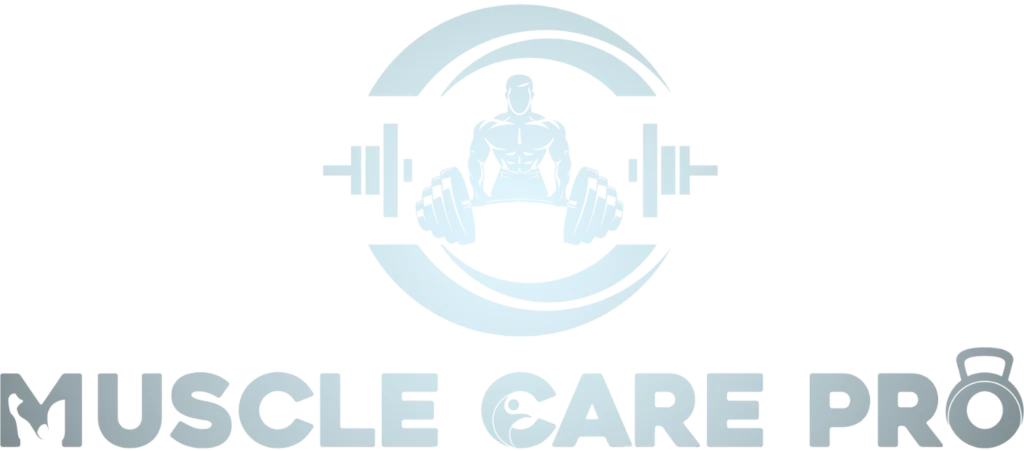What is the role of calcium ions in muscle contraction?
Within the movement, stability, and holding of particular postures aspects, the muscle contraction mechanism is one of the simple biomechanical processes that is involved in such initiated motions. ‘How is calcium ion involved in muscle contraction’ goes deeper into the mechanisms of this complex process. Calcium ions (Ca²⁺) are fundamental to the mechanism of muscle contraction and are involved in different phases of muscular activities.
The Basics of Muscle Contraction
Before assessing the function of calcium ions in muscle contraction, one should consider the structure of muscles first.
Structure of Skeletal Muscles
Muscle Fibers: Striated muscles contain elongated, slender, and compactioned cellular fibers called muscle fibers.
Sarcomeres: The structure that consists of functional muscle fibers such as actin (thin filaments) and myosin (thick filaments).
Tropomyosin and Troponin: Proteins that prevent or promote the interaction of actin and myosin.
Sliding Filament Theory
The accepted sliding filament theory illustrates the mechanism behind muscle contraction. It consists of the following elements.
- Actin and myosin filaments adjust their position for each other.
- Energy for the above-mentioned is provided by ATP.
- The interactions between actin and myosin are also regulated by calcium ions.
Calcium Ions: The Key to Muscle Contraction
In order to satisfactorily address the question posed, muscle contraction services offered on YouTube and how skeletal muscles go into nitrogen must decommission on contraction are examined in depth in terms of their context.
Storage and Release of Calcium Ions
Sarcoplasmic Reticulum (SR): T-tubules are found in hematinic agents to refresh muscle cells together with the sarcoplasmic reticulum which is a tubular net-like shaped structure.
Depolarization: A nerve impulse acts as a stimulus for the calcium ions released from the sarcoplasmic reticulum into the sarcoplasm.
T-tubules: These channels assist in the conduction of the electrical impulse to the sarcoplasmic reticulum.
Calcium Binding to Troponin
- Calcium ions attach themselves to ty protein C, which is a constituent of the troponin complex.
- This results in an alteration in shape, thereby changing the position of tropomyosin to actin.
- Tropomyosin off the binding sites allows for the interaction of actin filaments with myosin heads, and contraction begins.
Cross-Bridge Formation
The capacity to form cross-bridging is brought about by calcium ions:
- Myosin heads interact with the actin fibers.
- The filaments to each other are made closer through the power stroke.
- The hydrolysis of ATP restores the position of the myosin head.
Regulation of Muscle Relaxation
The inquiry ‘What function do calcium ions serve in muscle contraction’ encompasses their role in relaxation as well.
Calcium Reuptake
Calcium Pumps:
The calcium ions are taken back into the sarcoplasmic reticulum by ATP-driven pumps in the SR.
Lowering the calcium level leads to tropomyosin obstructing the binding sites on actin, stopping any contraction from occurring.
Energy Dependency
The reuptake process is a biochemical process for which energy is consumed: ATP is spent to achieve full recovery.
Calcium Ions in Smooth and Cardiac Muscle
The understanding of calcium’s role in muscles extends beyond simply individual muscles and their bone connections. It encompasses the tendons, ligaments, cardiovascular system, smooth and striated muscles, and other elements of the intricate structures in muscles and their attachments.
Smooth Muscle
- When calcium ions infiltrate the metabolic system, they attach themselves to the target protein calmodulin which activates the myosin light chain kinase (MLCK).
- MLCK catalyzes the phosphorylation of the myosin heads which in turn allows for the cross-bridge cycle to commence.
Cardiac Muscle
There is a phenomenon known as calcium-induced calcium release (CICR), which occurs when calcium from the outside elicits the release of calcium from the sarcoplasmic reticulum (SR).
This mechanism makes it possible for the cardiac muscle fibers to contract in a coordinated manner.
Factors Affecting Calcium’s Role in Muscle Contraction
Calcium Ion Availability
- Аllow me to rephrase the last statement; I will begin with the introduction.
- Owing to the importance of calcium in muscle contraction, low levels of this mineral would affect muscle contraction.
- Calcium balance is achieved via proper diet and the use of supplements.
Neurological Control
- The promptness of calcium release and uptake relies on efficient nerve signaling.
- Calcium ions have an important significance in muscle contraction, as the effects of conditions like hypocalcemia and hypercalcemia on muscle activity illustrate.
Technological Insights into Calcium’s Role
Thanks to modern-age innovations, we have been able to advance our perceptions on the significance of calcium ions in muscle contraction.
Fluorescent Calcium Indicators
Facilitate visualization of calcium dynamics in a quite easy manner.
Enhance understanding of the contraction-relaxation cycles.
Genetic Studies
- Describe the mutations that influence calcium-binding proteins.
- Assist in the advancement of methods of treatment of muscle diseases.
Implications of Calcium Dysregulation
Calcium signaling disruptions highlight the importance of calcium ions in the process of muscle contraction and its importance.
Muscle Cramps
- Such alterations are often the result of abnormal levels of calcium.
- To treat this condition, a person should be hydrated and advised on the intake of calcium-containing food.
Muscular Diseases
Diseases such as Duchenne muscular dystrophy help to demonstrate the importance of calcium in maintaining healthy muscles.
Aging and Calcium Regulation
The impact of aging on calcium ion channels tends to enhance, leading to a decrease in the performance of the muscles.
Conclusion
Calcium ions are essential in several activities. Among others, muscle contraction induces causes, or promotes relaxation, and indeed, calcium ions are required for any muscle activity. Calcium’s exact availability permits or facilitates movement of smooth muscles; thus the relevance of calcium ions goes beyond the skeletal muscle and into the body as a whole.











